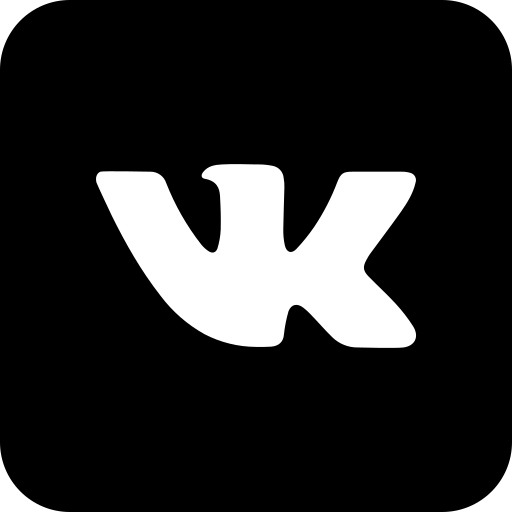During the years leading up to the revolutions of 1917 in Russia, radical avant-garde movements adopted the language and metaphors of a delinquent subculture. Artworks portraying the revolutions, Soviet realities and Soviet people living in accordance with the new rules appeared. For instance the film “Battleship Potemkin” can be considered a narrative about two rampages of opposing sides – that of the recklessly violent Tsarist powers and the other involving a mutiny on a ship portrayed as a prison riot.
This delinquent subculture is shown in comedies. For instance, “Jolly Fellows” by Grigori Aleksandrov is built around the escapades, involving various con games, of the main characters through which the glee and jollity of the new life in the country is shown. Scuffles on the street were another prevailing type of marginal amusement. Ilya Ilf and Yevgeni Petrov in their novels described the criminal underworld. Mikhail Zoshchenko wrote about the petty bourgeoisie – an environment that fostered a yobbish way of thinking which came to prevail among Soviet people. Vladimir Mayakovsky in his poem “150 000 000” portrays a young Russian lad called Ivan who travels on foot to the USA to finish off the American president and gobble up the fortune pilfered by capitalists. This poem is about a mobsters’ revolution. The narratives and imagery of cinema and literature describing the criminal mayhem during the early Soviet years can be compared to the output of Dadaists working in Zurich, Berlin and Cologne from 1915 to 1918 and the experiments of Tristan Tzara, Max Ernst and André Bre- ton in Paris from 1919 to 1923.
It is important to highlight fundamental social and political differences between the Soviet art dedicated to the criminal underworld and the European ways of persistent protest against commonly accepted ethical principles and traditional aesthetics. From the outset the themes and language of the early Soviet criminal discourse were conceived as a form of dialogue with the regime in a language familiar to it and the regime in its turn was eager to engage in such a conversation. Thus the Soviet criminal discourse can be considered a counterpart of Dadaism in the service of Soviet power. Isn’t such an idea itself in the spirit of Dada with its many faces?
DI# 5-2017




